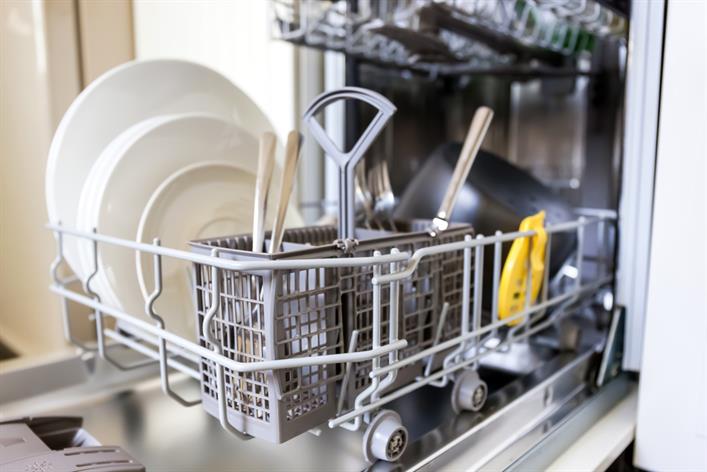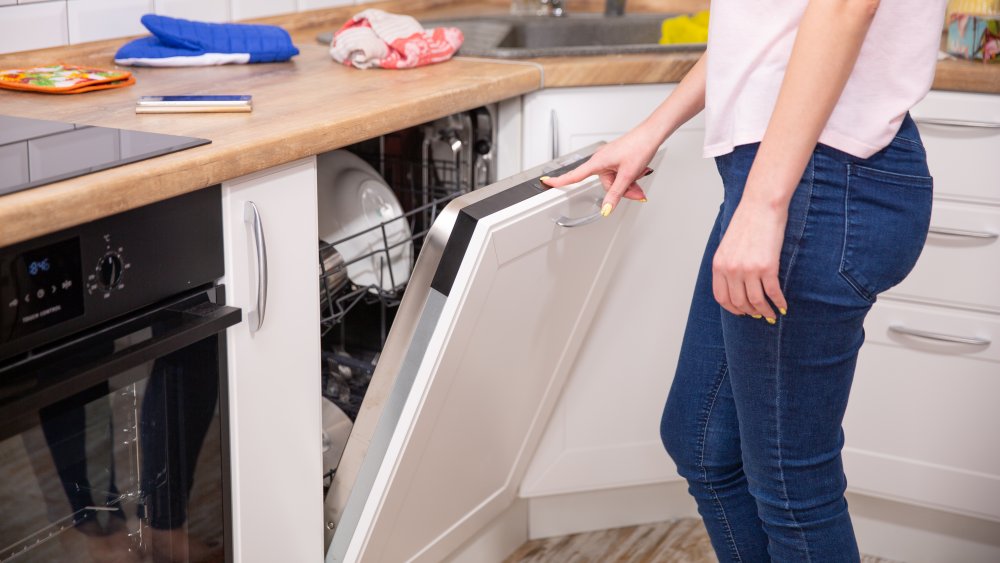Diagnosing My Dishwasher: Why Could Be Causing the Issues
Diagnosing My Dishwasher: Why Could Be Causing the Issues
Blog Article
What're your opinions on Common Dishwasher Problems?

Having your dish washer breakdown or malfunction can be a big deal as well as trigger some pain in the house. Dish washers are equipments that we make use of to tidy recipes and also flatwares instantly to conserve us the anxiety of manually doing it.
Like every other device that alleviates human initiative, dishwashers can break down and develop some fault at some point in time. There are numerous faults your dish washer can create, and while a few of them can be solved by replacing some components or repairing them, various other much more serious defects will certainly need that you obtain a brand-new dishwasher.
This short article will identify a few usual faults your dishwashing machine could create to hinder its overall performance and just how these faults can be addressed.
Common Faults
Typical dish washer mistakes could range from minor to significant ones. Relying on the extent, you will either need the services of expert plumbers to repair or replace it.
Some of the most common faults include:
Leaky Dishwasher
This is probably one of the most day-to-day dish washer issue, as well as the good news is that it is easy to recognize. Leakages happen due to several reasons, and also the leakages can make a mess of your kitchen. Common causes of dishwashing machine leakages consist of;
Bad-Smelling Dishwashing machine
This is another usual dishwashing machine issue, as well as it is generally caused by food particles or grease sticking around in the machine. In this case, search for these fragments, take them out and also do the recipes without any dishes inside the machine. Clean the filter completely. That will certainly aid do away with the negative odor. Guarantee that you eliminate every food fragment from your recipes prior to moving it to the maker in the future.
Failure to Drain
Often you may see a big quantity of water left in your tub after a clean. That is most likely a water drainage problem. You can either inspect the drain pipe for damages or obstructions. When unsure, speak to a specialist to have it checked and fixed.
Does not clean correctly
If your dishes and cutleries appear of the dish washer and also still look unclean or dirty, your spray arms may be a problem. Oftentimes, the spray arms can get obstructed, and also it will require a fast tidy or a replacement to function efficiently again.
Verdict
Some of these usual dishwashing machine mistakes can be taken care of easily at home, but in many cases, the faults could be substantial and also might require the attention of professionals. If you reside in Rochester, Syracuse, and various other parts of America, allowed the professionals properly diagnose what could be incorrect with your dish washer and proffer a remedy.
We likewise install dish washers if you simply acquired a new one or plan to change your own. With our several years of experience in the market, we are sure to give you the very best possible solutions.
7 COMMON PROBLEMS THAT LEAD TO DISHWASHER REPAIR OR REPLACEMENT
Your Dishwasher is Leaking
As with a leaking clothes washer, there are many potential reasons why your dishwasher is regularly leaking. Among other problems, your leaking dishwasher may have:
A damaged drainage hose A faulty pump and/or pump seal A bad door seal (this is likely as dishwashers age since the seals become brittle) Overloading can also be the cause of occasional leaking, so it’s wise to follow your dishwasher manufacturer’s advice on how to load plates, utensils, and larger items like pots and pans. You can also look for information on how to properly load your dishwasher online. This is a subject that many people have opinions about, and there are tons of dishwasher loading tutorials available, believe it or not!
You Have Dirty Dishes Even After the Dishwasher Has Run
This is another problem that can be caused by overloading your dishwasher, though you may also be using the wrong detergent for your particular dishwasher. This is easy enough to do, as there are lots of different dishwasher detergent formulations for sale—powders, gels, and dissolving tablets.
Check your dishwasher’s manual for more information or visit the manufacturer’s website for help choosing the detergent type that works best with your particular appliance. All the best dishwasher brands should offer support and troubleshooting advice on their websites.
Unfortunately, sometimes more serious problems—like damage to circuitry or electronic control components—can be the cause of your dishes not getting clean. While relatively uncommon, power surges can damage your dishwasher’s electronics, which can prevent cycles from fully running. If your dishwasher has an electronic display of any kind, it may show error codes for incomplete cycles. You’ll need to contact a reliable dishwasher repair resource for help with this kind of problem.
Your Dishwasher is Not Fully Draining
This problem is often due to clogs in the drainage system of your dishwasher. Improper drainage can create huge messes, like damaging leaks and bacterial growth inside and outside of your dishwasher. Some dishwashers have self-serviceable filter components that should be cleaned out regularly to prevent clogging.
However, your dishwasher could also have more significant problems with its drain pump or other components. As we discussed above, damaged circuitry can prevent cycles from running or advancing properly, and that could be the culprit in this case, as well. It’s best to call an appliance expert for help with dishwasher repair due to drainage failure.
Your Dishwasher Won’t Turn On
A dishwasher that won’t turn on doesn’t necessarily equal a “dead” dishwasher. You could have a simple blown fuse or tripped breaker affecting your dishwasher’s power supply. Check to be sure your dishwasher is receiving the power it needs to run.
Another common issue that will prevent your dishwasher from starting up is a faulty door latch. If your dishwasher can’t close properly—or the electronic control system “thinks” it’s not closing properly—the appliance won’t start.
Your Dishwasher Has Water Fill Problems
Another issue that is sometimes caused by damaged circuitry and cycles that aren’t running or advancing correctly, water fill problems can be tricky to troubleshoot. If your dishwasher is not filling at all—or won’t stop filling as it operates—it could be due to a faulty float or float switch, or a water inlet valve problem, too. And these issues are best addressed by dishwasher repair professionals.
https://www.kaappliance.com/blog/7-common-problems-that-lead-to-dishwasher-repair-or-replacement

I'm just very interested by How to Troubleshoot & Repair a Dishwasher and I really hope you appreciated the blog entry. Those who enjoyed our post if you please do not forget to pass it around. Kudos for your time. Please check up our site back soon.
Quality care? Call. Report this page